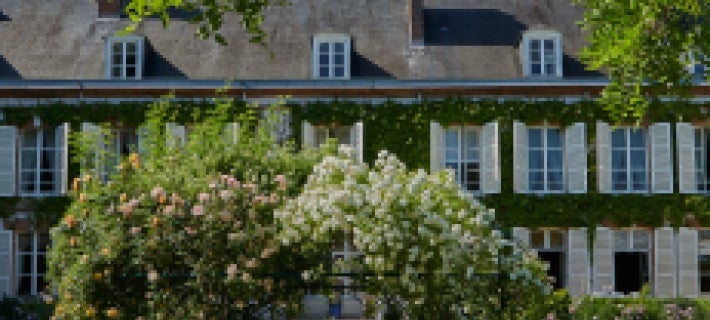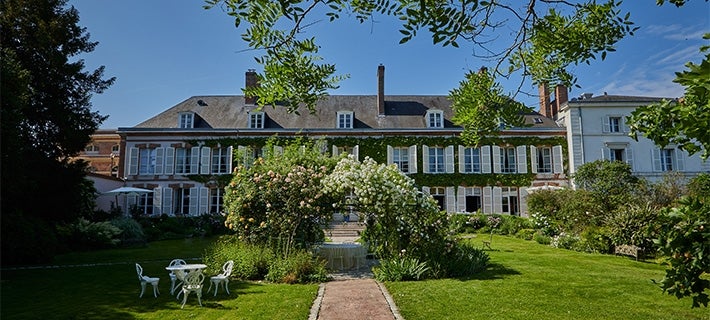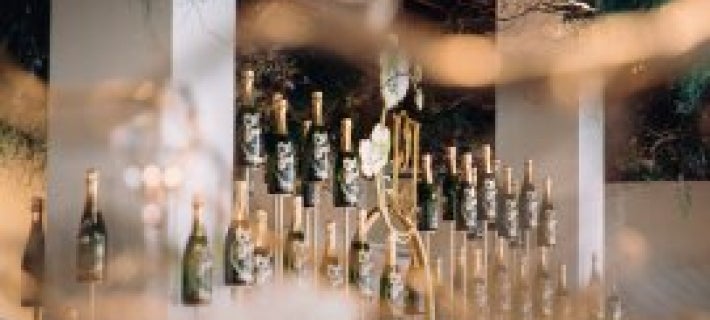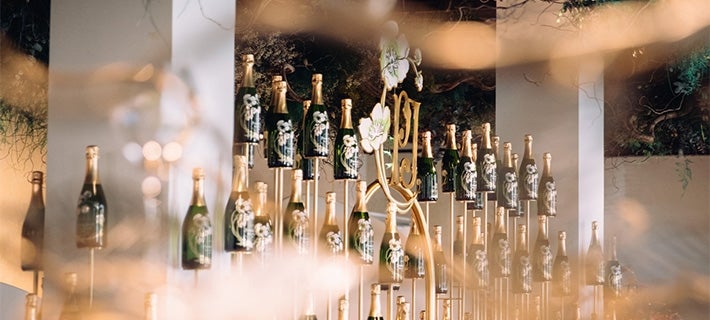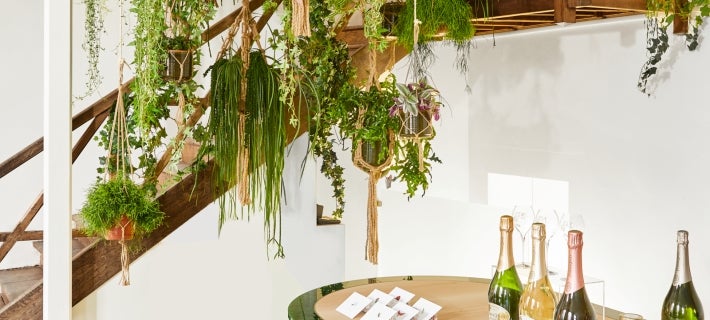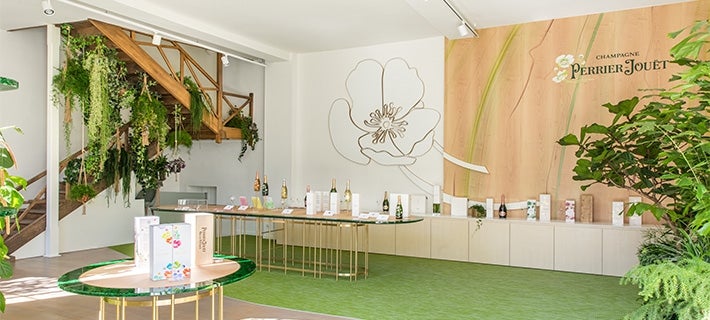The birth of an artistic movement
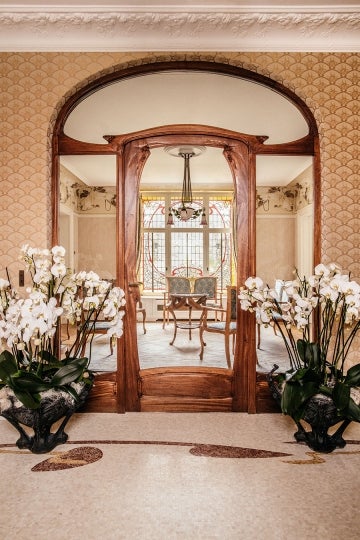
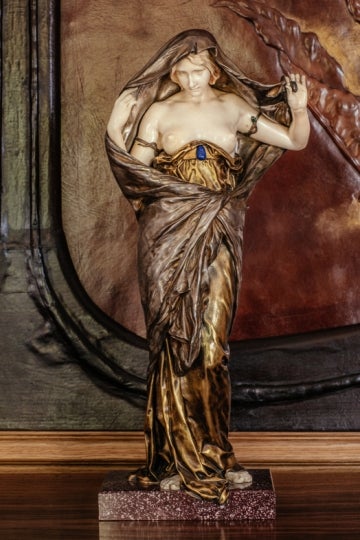
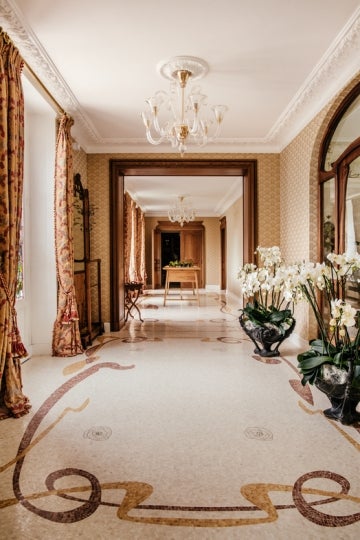
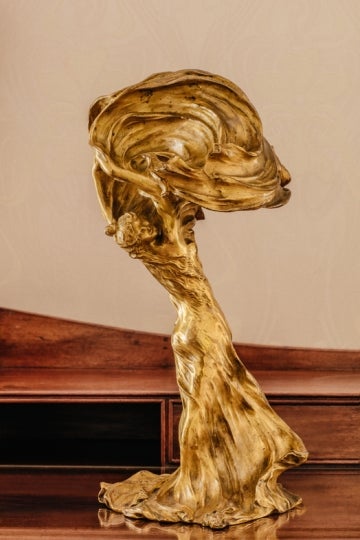
Art Nouveau was characterised by its languid curves, flowing movements and immense creative freedom.
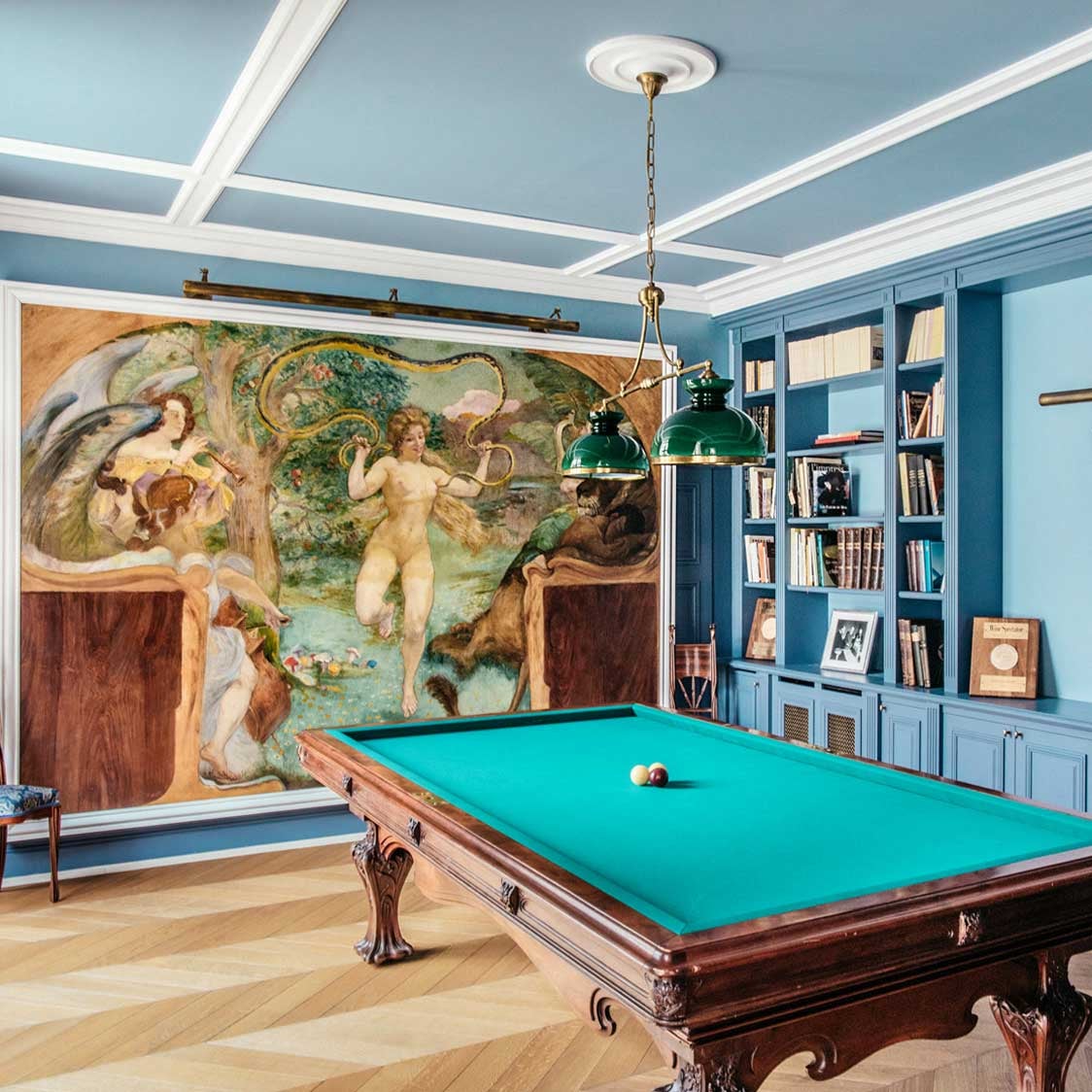
Art Nouveau broke down the boundaries between disciplines
Art Nouveau was a genuine stylistic revolution whose impact was felt in every creative field. Decorative artists, architects, painters, graphic artists and sculptors all drew inspiration from the movement. The guiding principle behind Art Nouveau was the theory that art had the power to make everyday life beautiful: this was the birth of the discipline we now know as design.
Artists also rediscovered and championed traditional craftsmanship, working with glass, wood, metal and even leather. This spirit of renewal was felt in architecture as well as contemporary paintings, with vibrant colours making a welcome return.
Art Nouveau thus succeeded in marrying what had previously been regarded as “high art” and “low art” in the same movement. Disciplines such as poster-printing and cabinet-making were now elevated to the pantheon of fine arts.
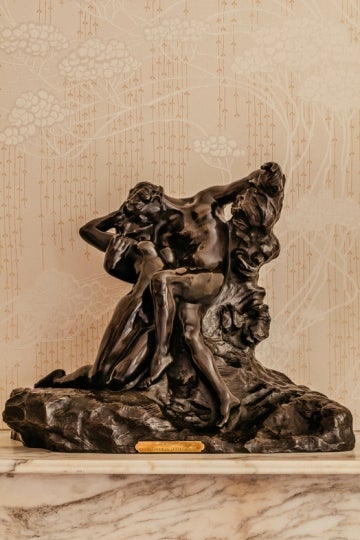
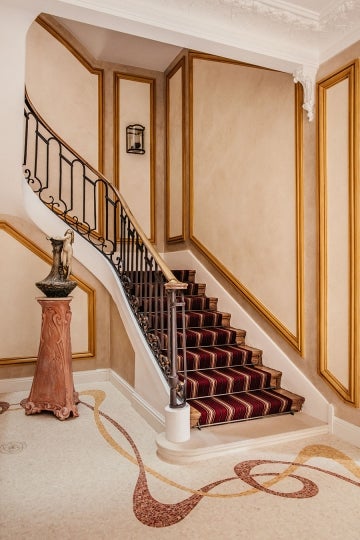
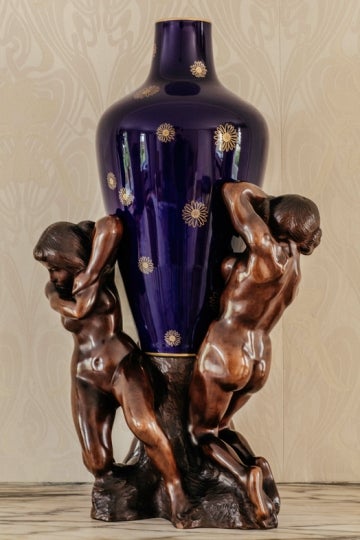
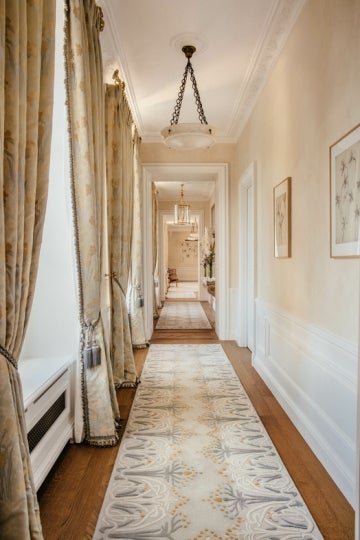
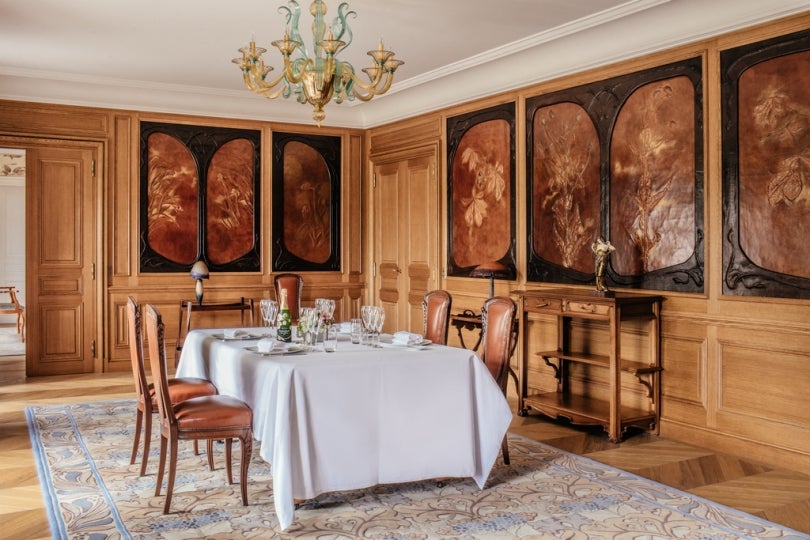
Major figures of France’s Art Nouveau movement
One particular figure in the movement, master glass-maker, cabinet-maker and ceramicist Émile Gallé, is inextricably linked to the history of Maison Perrier-Jouët.
In 1902 he was asked to decorate four magnums by Octave Gallice, and turned to his Japanese anemones for inspiration. Evoking the distinctive floral notes of Chardonnay, they would go on to become the emblem of the Perrier-Jouët Belle Epoque cuvée, and indeed the House itself.
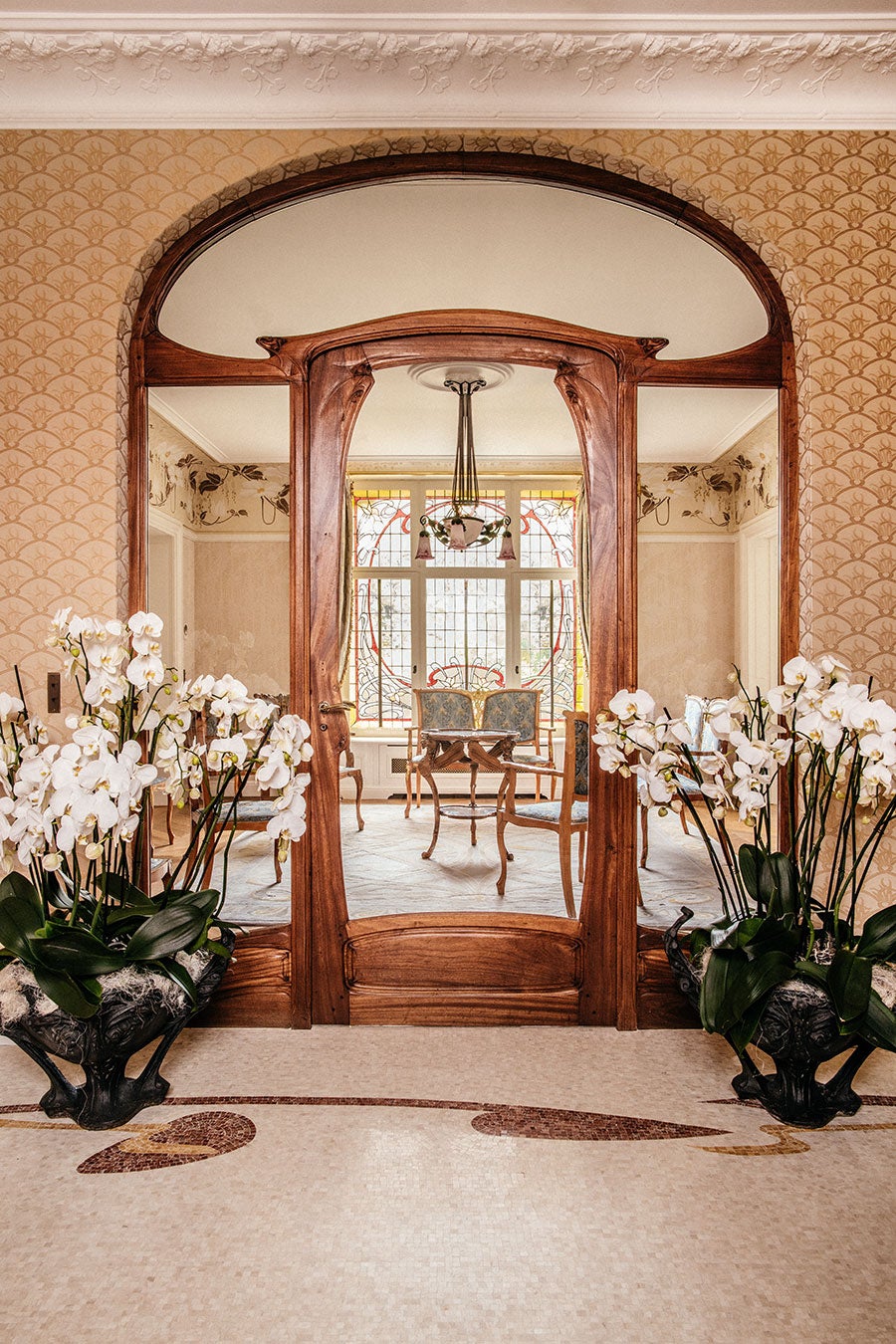
La Maison Belle Epoque, the embodiment of Art Nouveau
Located in Epernay, the birthplace of Perrier-Jouët, La Maison Belle Epoque houses one of the largest private collection of French Art Nouveau. From furniture to interior design and decorative items, it is home to a host of rare masterpieces by some of the leading names in the movement.
The collection includes three exceptional works by Art Nouveau master, Hector Guimard. Although they were originally designed for different interiors, they illustrate the artist’s vision of the house as an indivisible whole, a total work of art.
Emile Gallé’s sumptuous works are also well-represented in the Maison Belle Epoque collection. His dragonfly table exemplifies his passion for the plant and animal kingdoms in spectacular fashion. In this example, the dragonflies are essential structural elements.
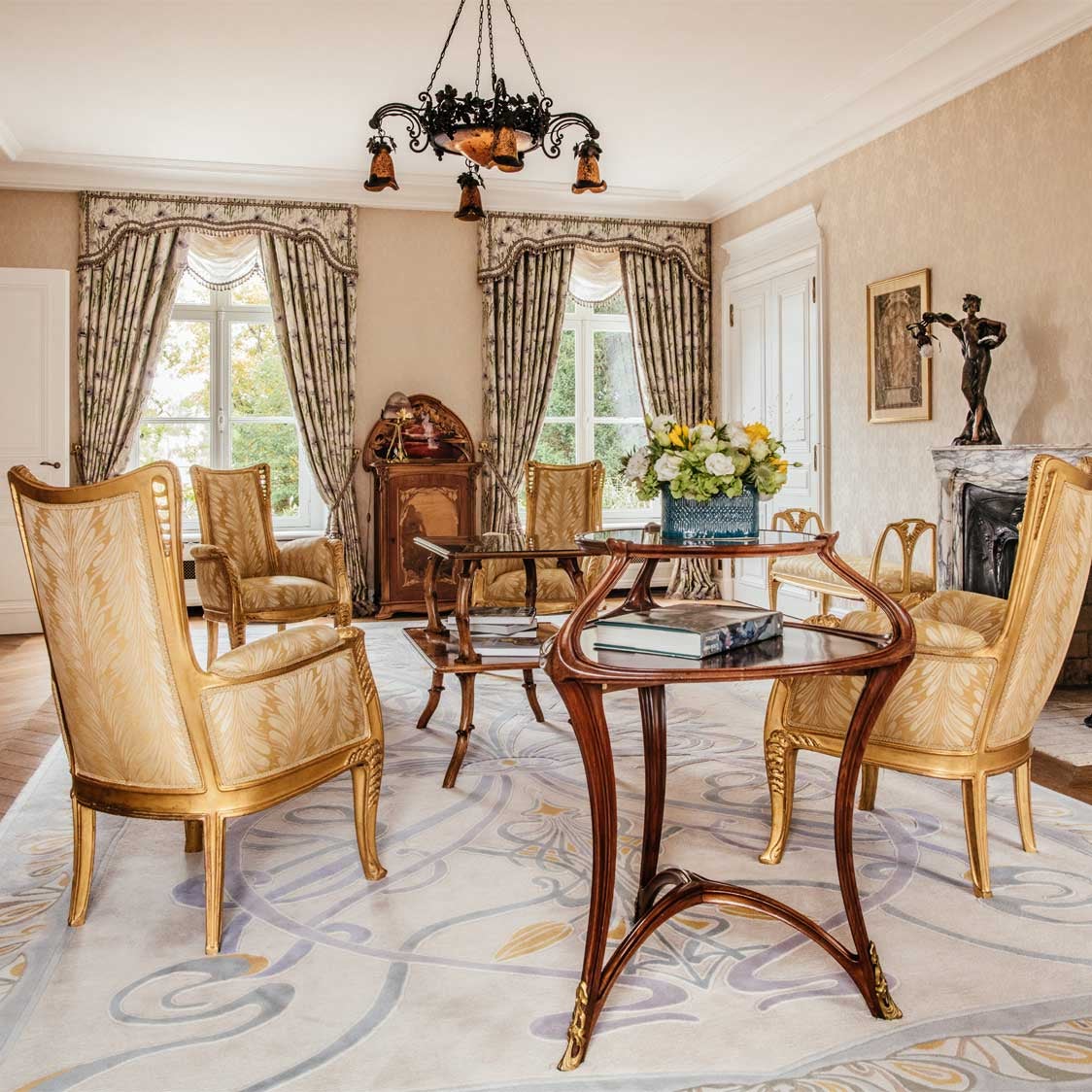
The artists' haven
Louis Majorelle’s Fern Room, parts of which were shown at the Paris Universal Exhibition in 1900, is a fine illustration of his distinctly modern attitude to furniture design.
In the visual arts, Henri de Toulouse-Lautrec will forever be synonymous with his scenes of Parisian nightlife in the Belle Epoque. His portrait of Yvette Guilbert, painted on a ceramic plaque, has become an emblematic example of the Art Nouveau style.
One of the jewels in the crown of this outstanding collection is a work by Auguste Rodin, specifically a bronze version of his Eternal Springtime. The creation of this famous sculpture coincided with the Art Nouveau movement, although Rodin himself was not affiliated with the latter. It was a gift presented to Henri Gallice by the House’s employees on the occasion of the centenary of Maison Perrier-Jouët in 1911, and thus held great sentimental value.
Art Nouveau:
A quintessential expression of the Belle Epoque
A period defined by its joyful insouciance, when opera, theatre and cabaret made Paris the entertainment capital of the world, the Belle Epoque era stretched from around 1895 to 1914. It was a particularly fruitful period for France, a time of scientific progress and artistic abundance.
In an age of rapid industrialisation, the movement emphasised the importance of craftsmanship in the decorative arts.
The movement came to the end with the outbreak of the First World War, making way for the crisp, geometric contours of Art Deco.


